A great farming year is a delicate dance with nature. At Jack Buck Farms, we work with the land all year round, guided by the seasons and our decades of experience. From the first blooms of our daffodils to the final sugar beet harvest, every month brings a new challenge and a new reward.
Here’s a glimpse into our farming year, a story of hard work, passion, and the ever-changing rhythm of the seasons.
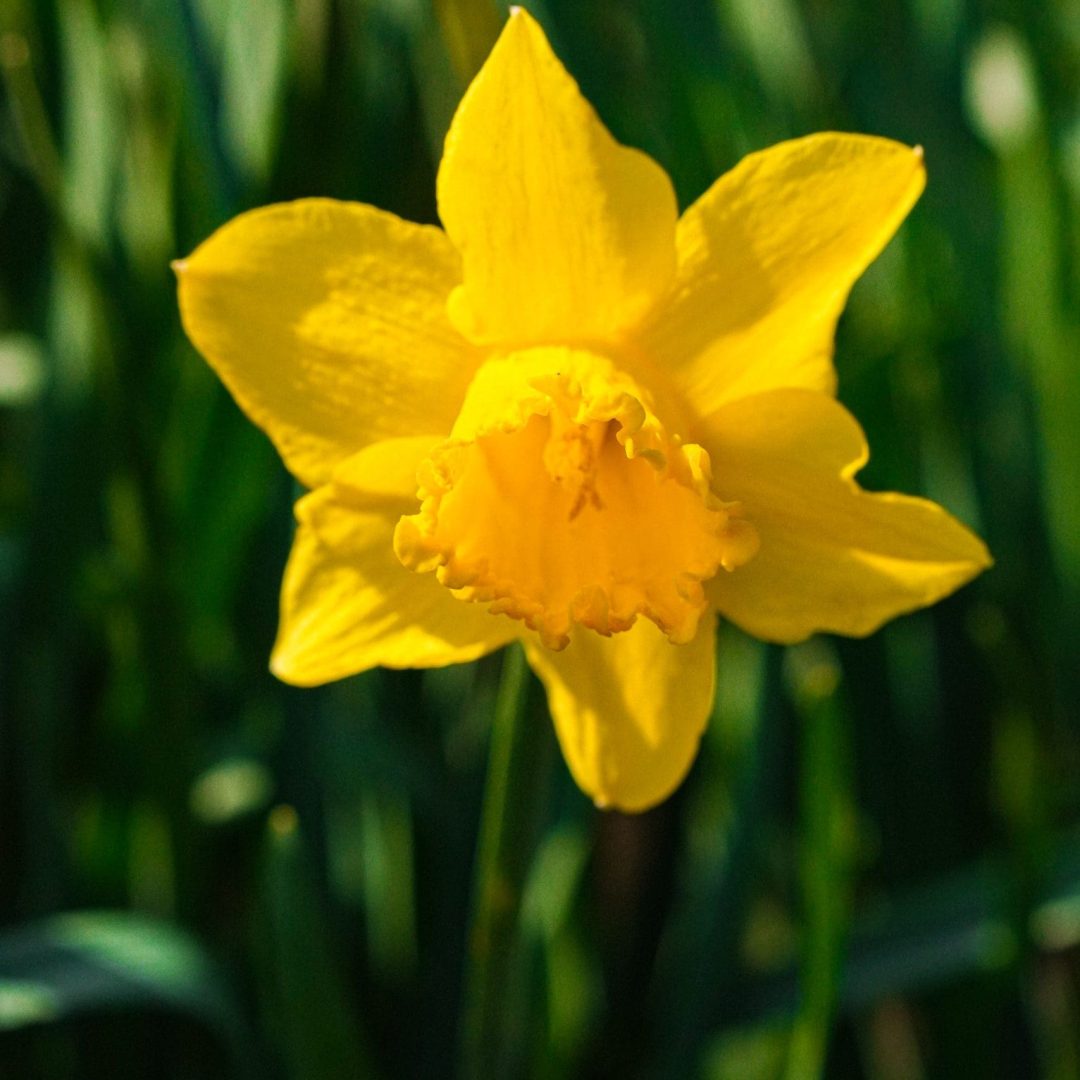
We kick off the year by harvesting our star product: the ‘Tamsyn’ daffodil. We’ve been growing this brilliant variety since 1983, and its long-lasting, early-blooming flowers are a winner. We’ll have up to 250 people helping us crop these, with many being exported to Europe and even Russia!
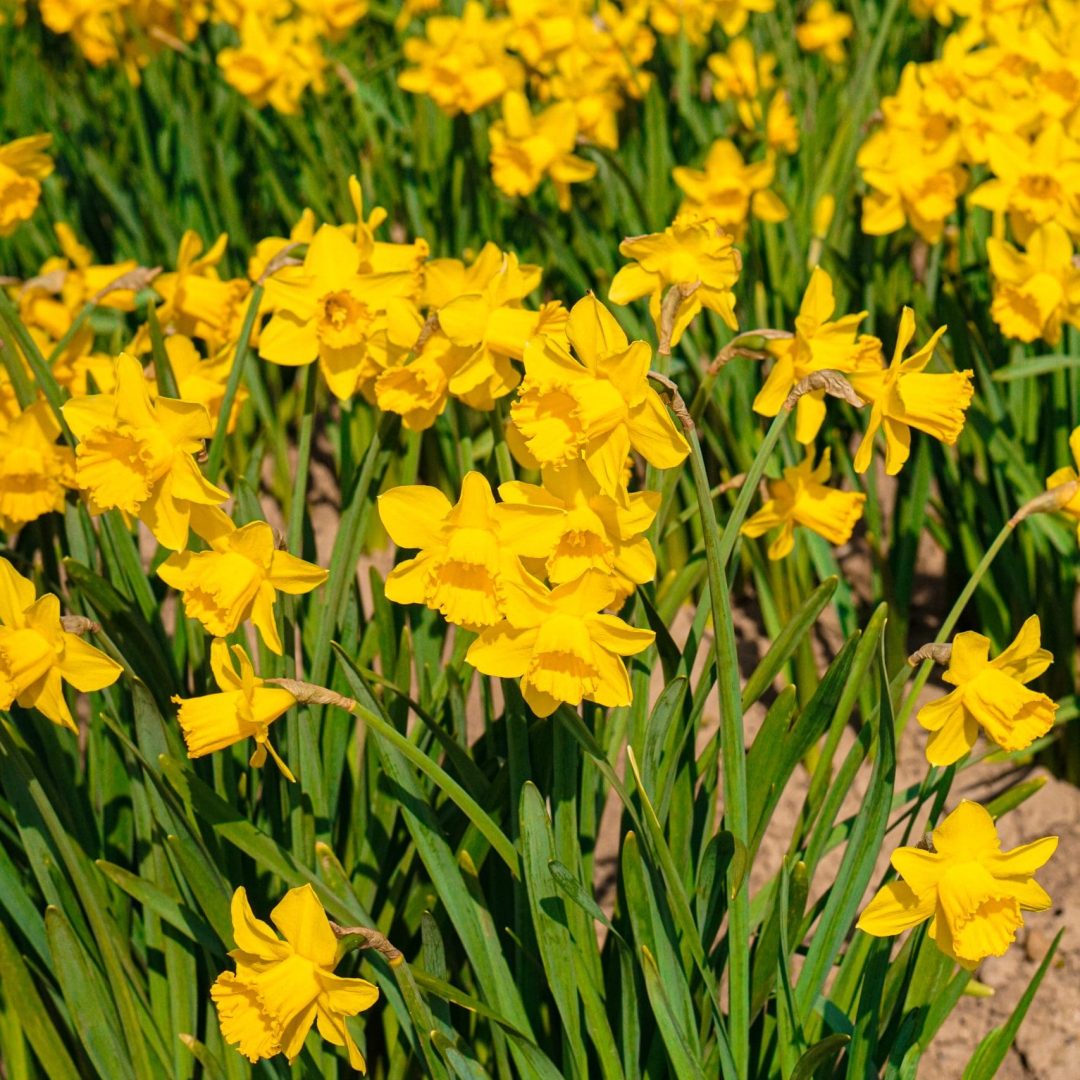
A friendly reminder that daffodils are the most eco-friendly Valentine’s Day flower! A bunch of our daffodils produces just over half the CO2 emissions of a single rose from Kenya.
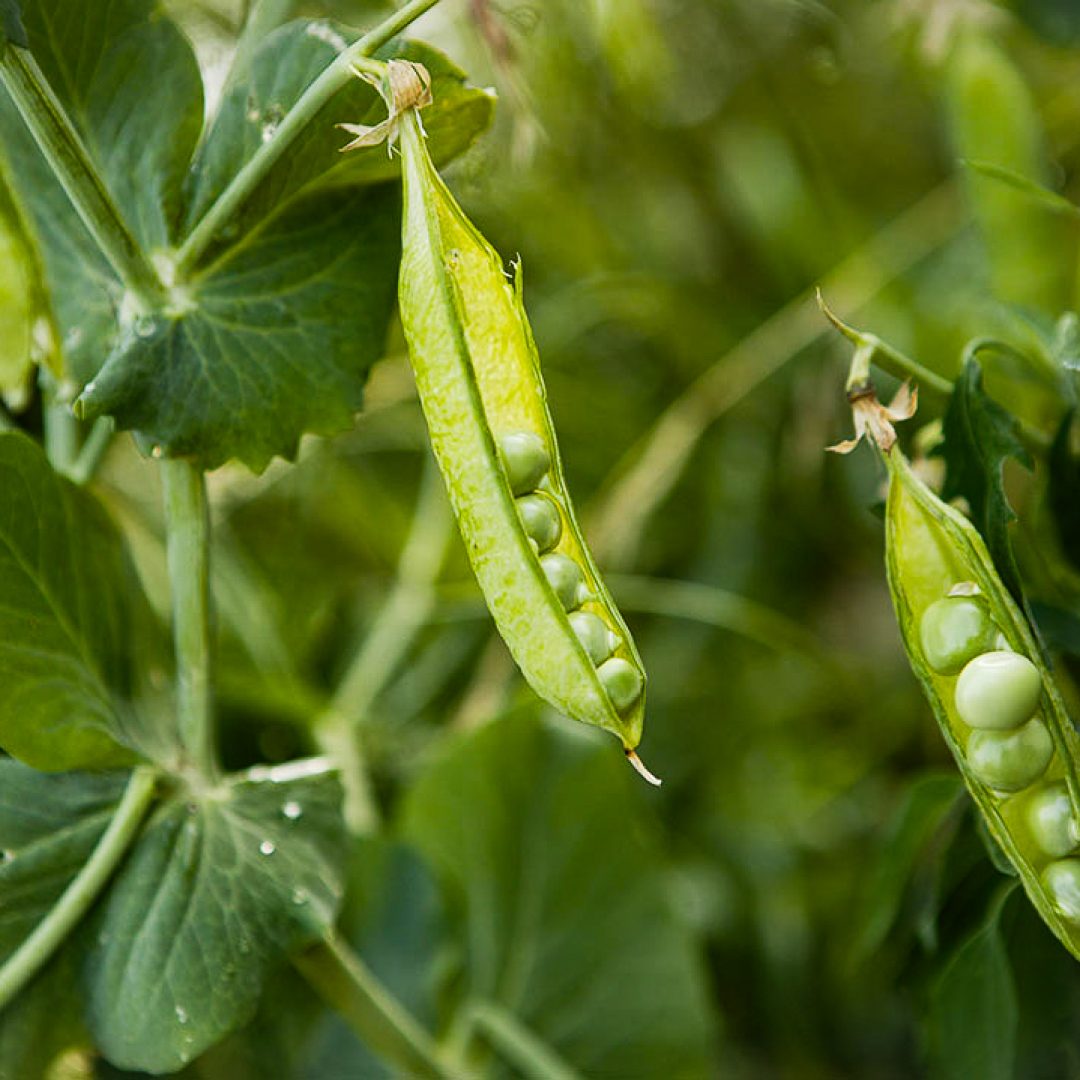
The soil’s getting ready, and so are we. We’re busy planting peas, sugar beet, and onions. It’s a race against the weather, hoping for a cold winter and dry land.
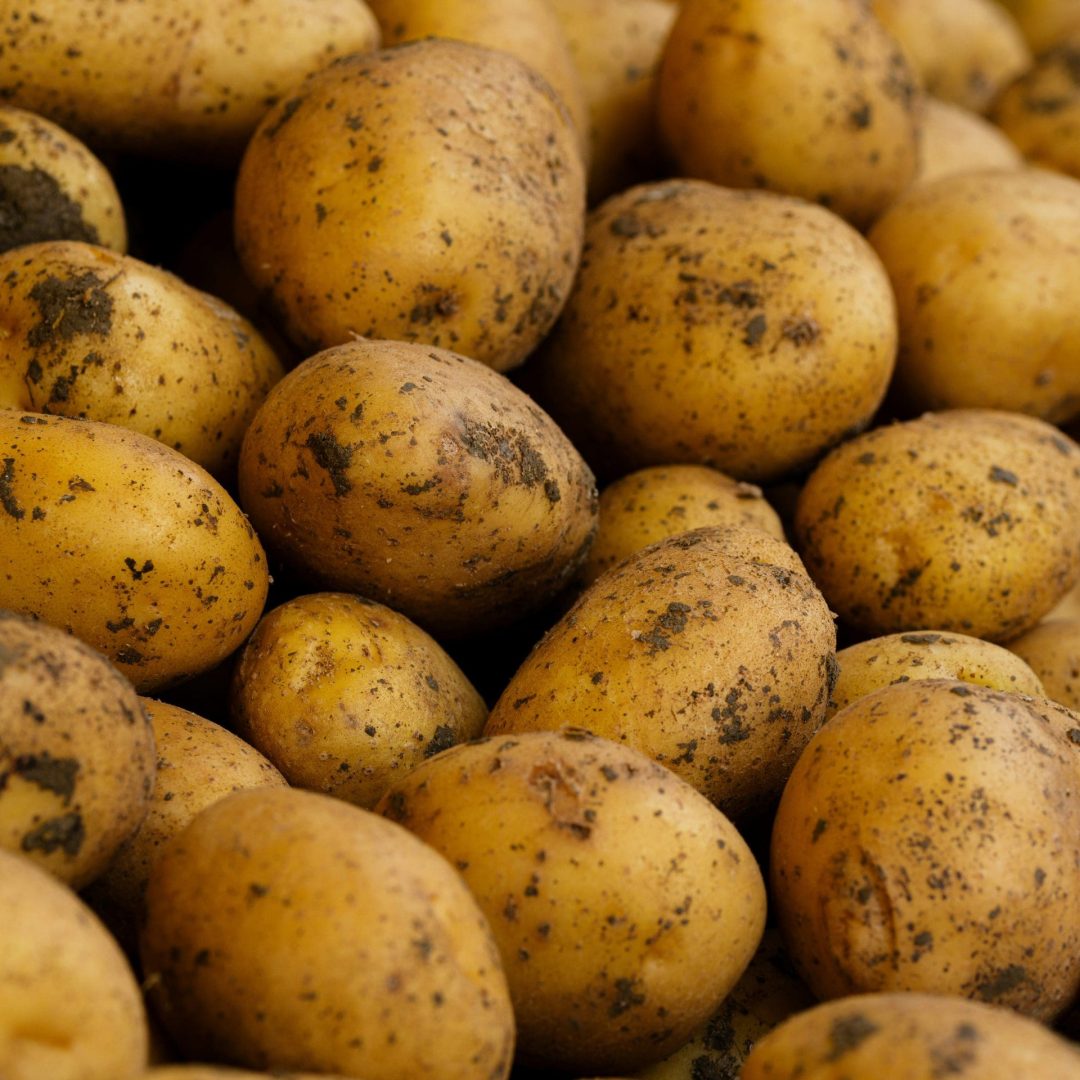
The earth is warmer, and it’s time for potatoes! We’re planting 300 acres of them, which requires bigger tractors and more muscle.

One of our busiest months! We’re planting 300 acres of celeriac. We’re one of only a handful of UK growers of this unassuming star of a root vegetable. While it’s becoming more fashionable, we know a few of its secrets and supply it to the best supermarkets almost year-round.
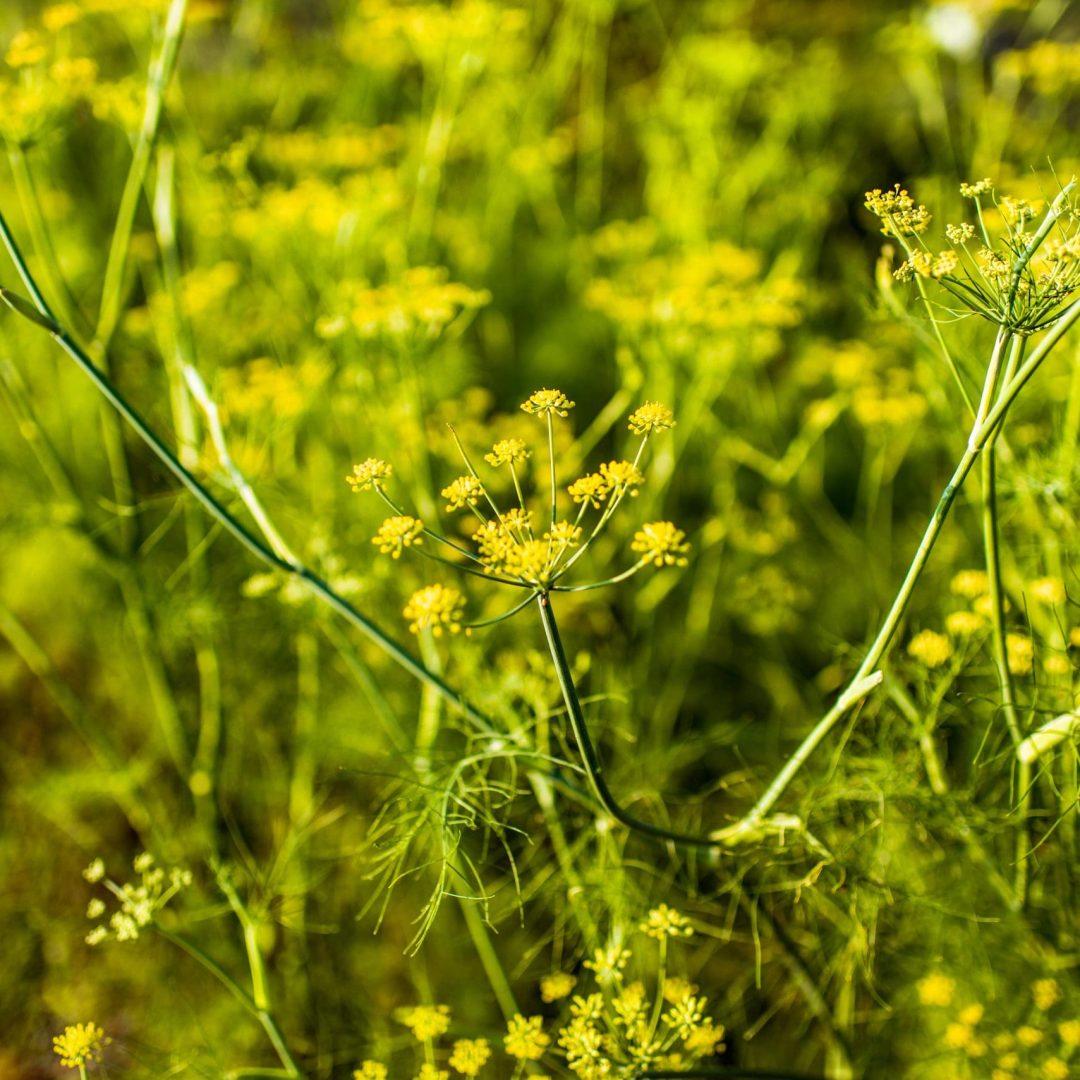
The first half of June is usually our moment to breathe… or so we hope! We’re planting fennel each week to ensure a continuous supply and may be irrigating our early celeriac and potatoes if things get dry. It’s a delicate process, as our river water can be a bit salty, so we rely on our reservoirs to keep things hydrated.
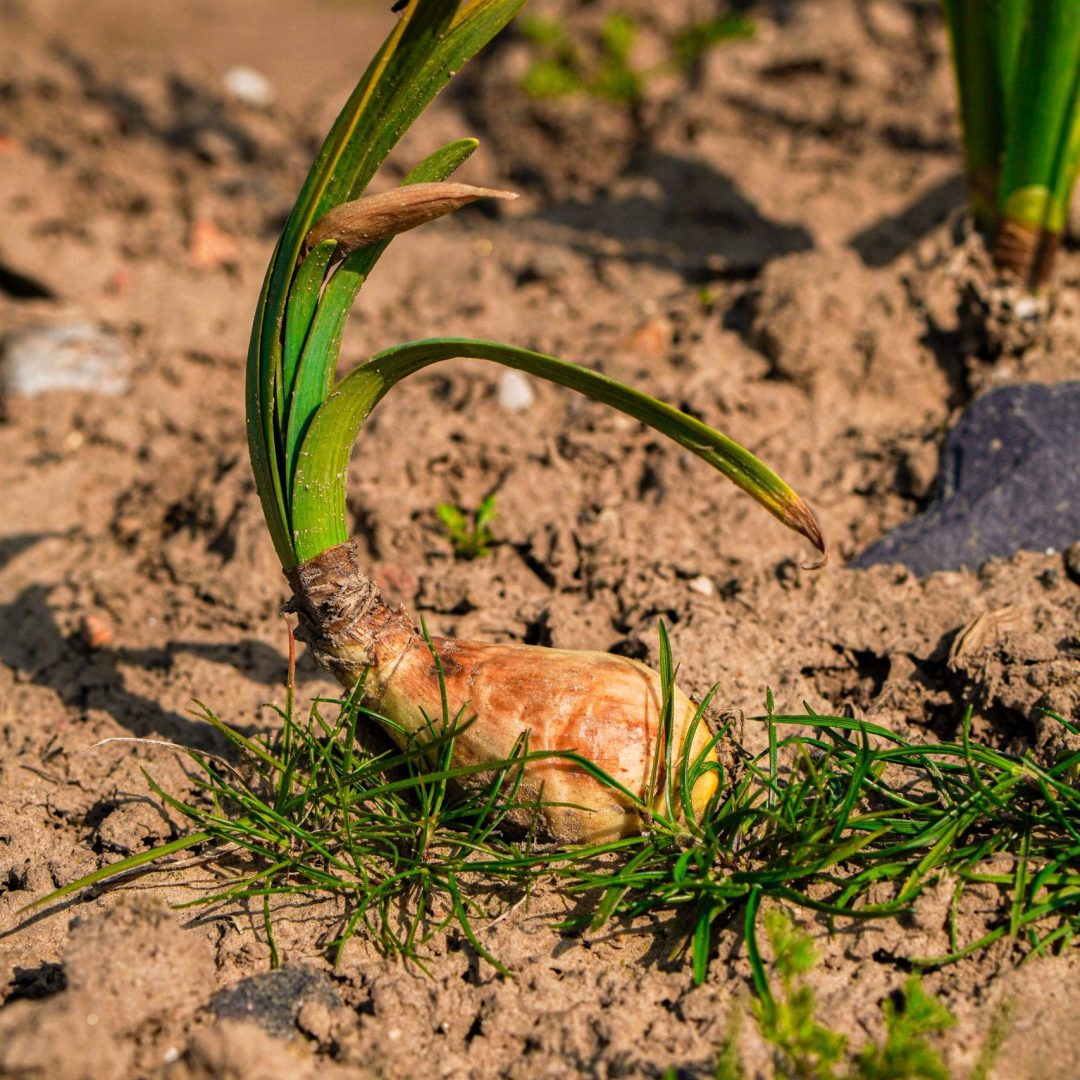
The daffodils are back! Not the flowers, but the bulbs. The customers want them on the shelves earlier and earlier, so we start lifting the bulbs to be cleaned, graded, and replanted. The pea fields are also harvested and quickly turned over for new crops, keeping the cycle spinning.
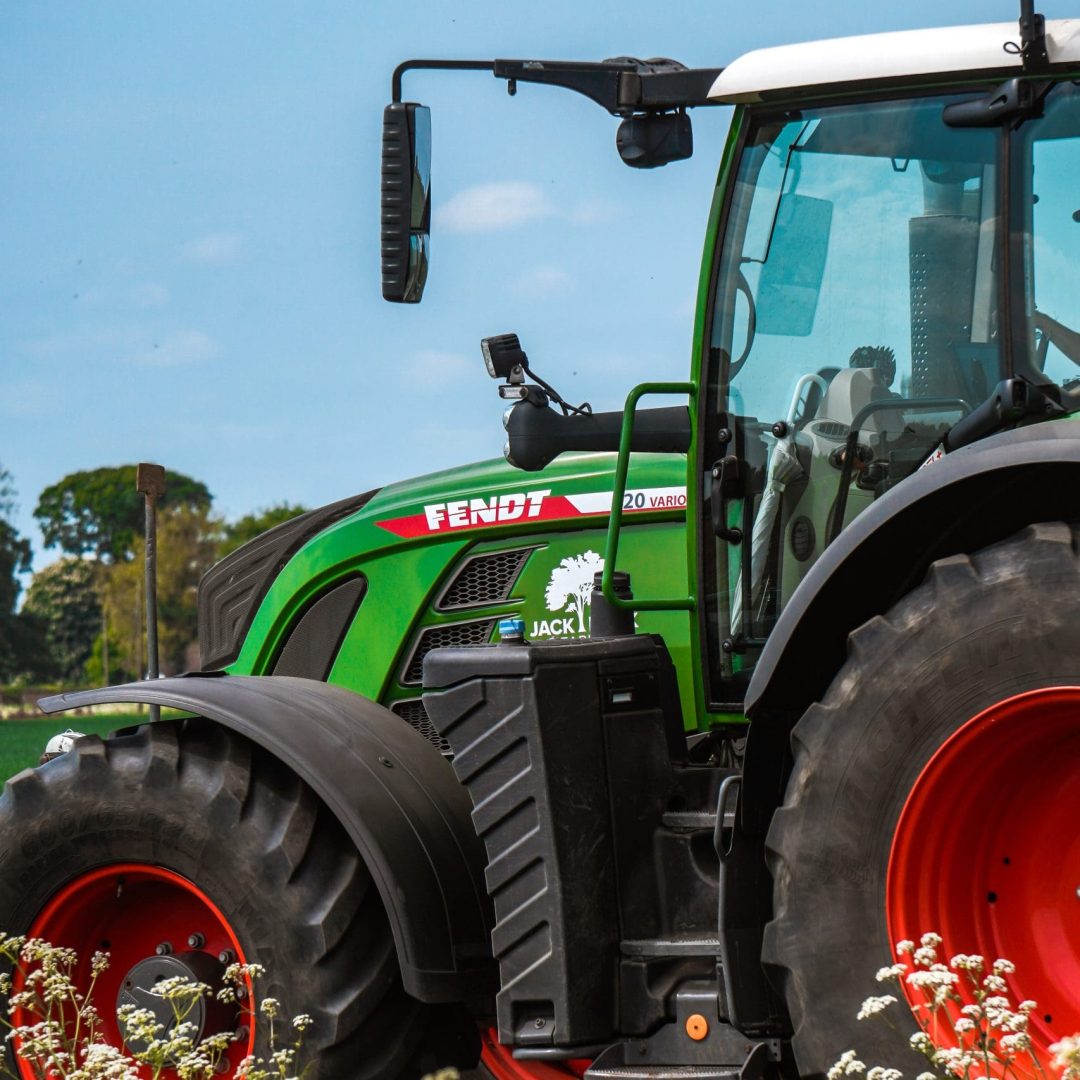
Harvest season is in full swing. We’re busy lifting our onions and combining our wheat, which will be dried and sold. We’re also starting to lift the early celeriac and finish planting our daffodils. The big tractors are out cultivating the land, a constant hum of work.
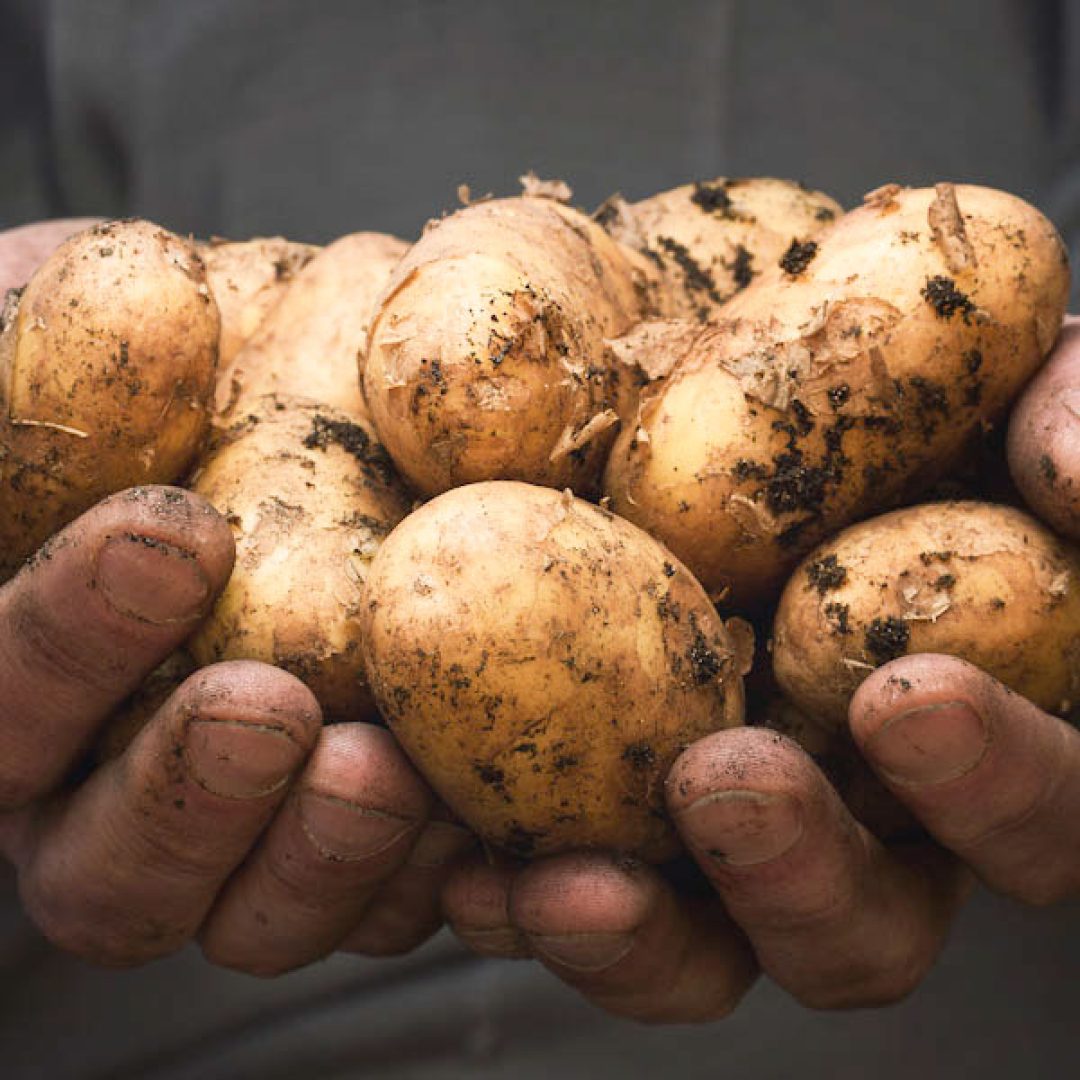
This is the big potato push. We handle thousands of tonnes of Maris Piper, a top-quality prepack potato. We have to be incredibly careful to avoid bruising. We also harvest our squash by hand and cure them in a glasshouse, all while following strict growing protocols to ensure everything is fully traceable. Trust the tractor!

We finish up the potato harvest and begin ploughing the land for the winter frosts and next year’s wheat. Celeriac sales are taking off, fennel continues to be sold, and we’re loading out onions, while getting our autumn squash crop ready for market.
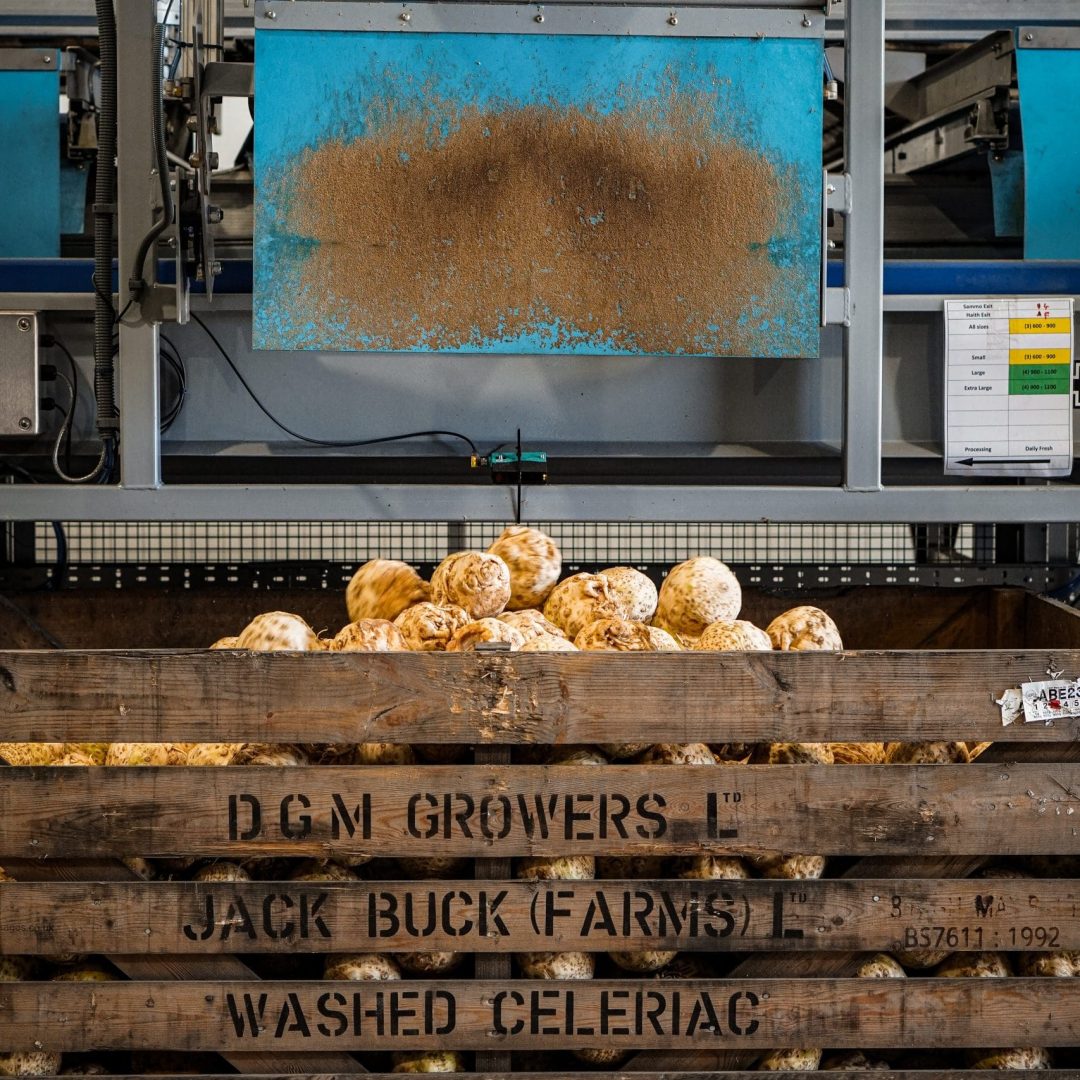
November is all about our maincrop celeriac. Celeriac is notoriously difficult to store—we like to say it’s the vegetable equivalent of sheep, always thinking of new ways to rot! It’s a hard, cold, wet slog, but our team is skilled and dedicated, knowing how important it is to get the crops safely in the shed.
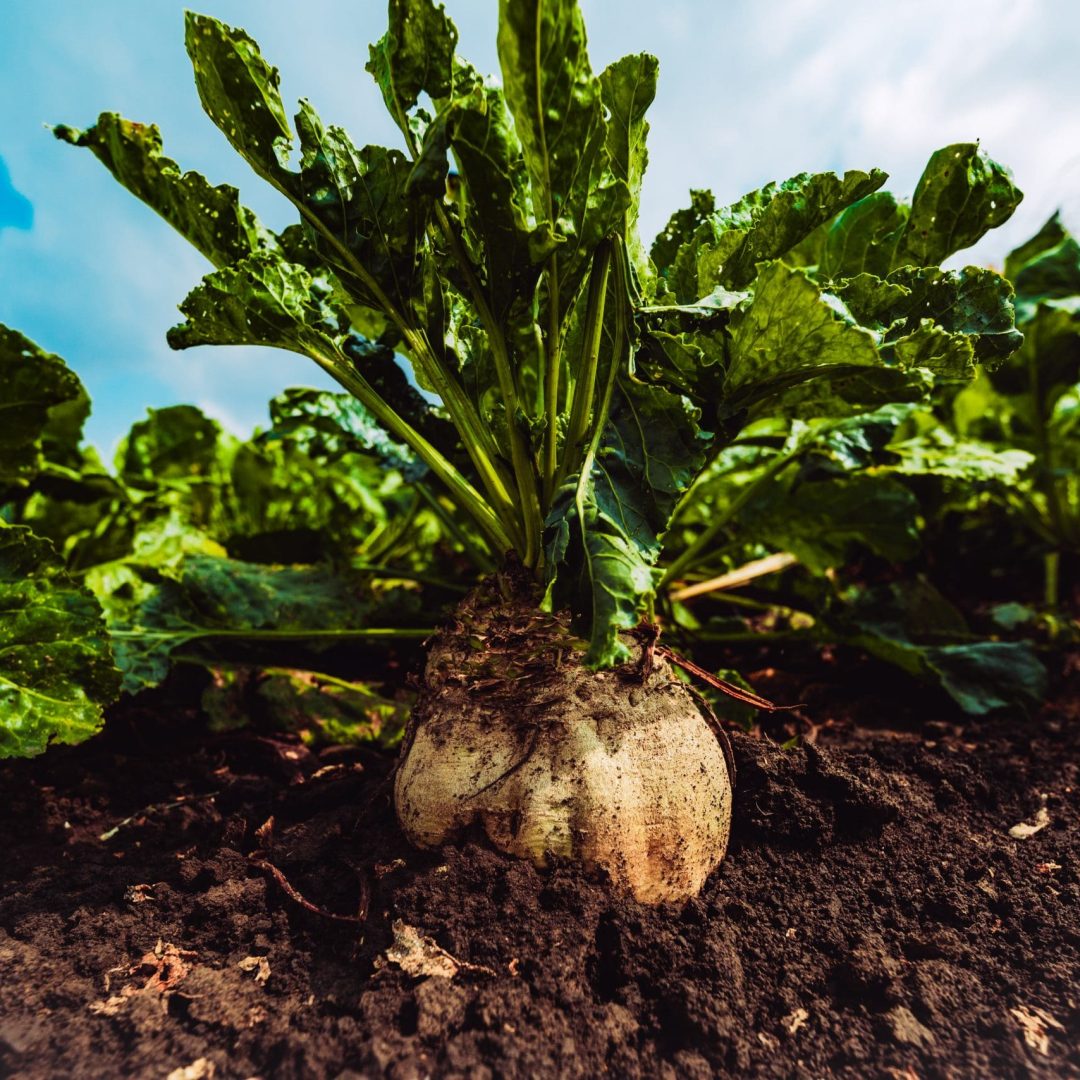
It’s a race to finish the land work before Christmas. The sugar beet is the last crop to be harvested, and we’ll have started drilling wheat and ploughing for the next season. Even with the holidays, we must keep the washing going and keep a watchful eye on our daffodils. The cycle never truly ends.